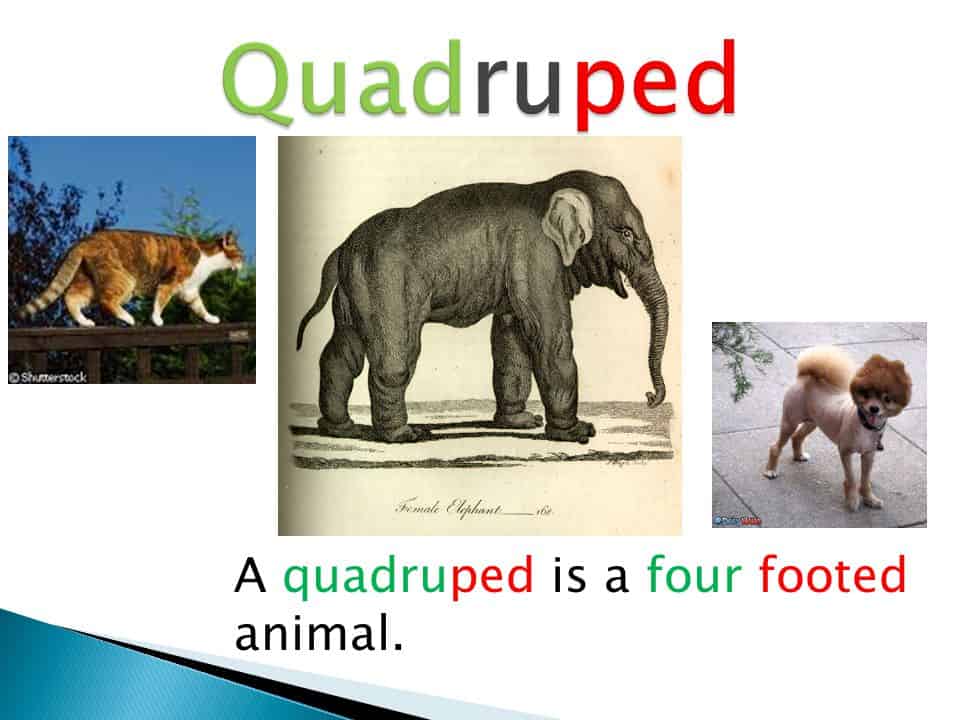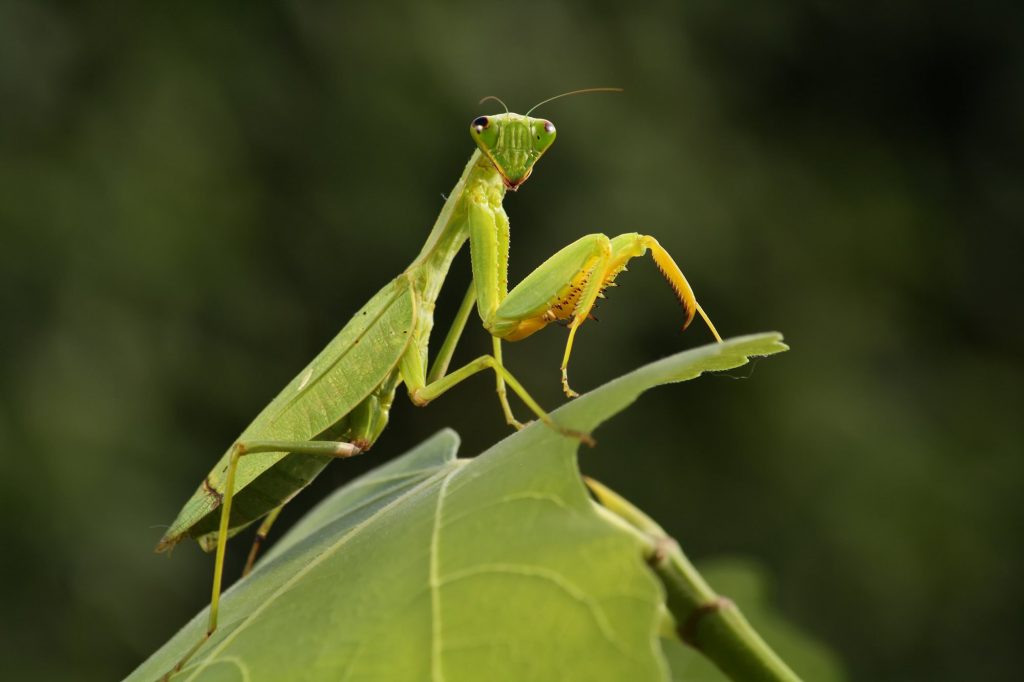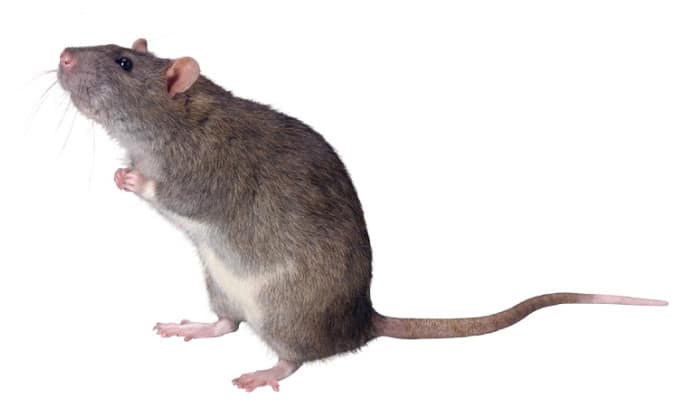Quadruped comes from the Latin term meaning “four feet.” Many mammals are quadrupeds, as are a few other animals such as lizards. Read on to learn more about quadrupeds.
A quadruped is a land mammal that uses four feet for locomotion. The term has its root in Latin language – “quad” meaning “four,” and “ped” meaning “feet” – so the term literally means “four feet.”
Most animals that walk are considered quadrupeds, although it’s important to note that not all four-limbed vertebrates – also known as tetrapods – fall into the quadruped category.

Humans, for instance, have four limbs, but only two of those limbs are used for walking, therefore humans fall into the category of a biped – an animal that uses two legs to travel. Notably, birds are also considered bipedal.
A large portion of the animals that fall into the mammal category are quadrupeds. Horses, cows, cats, dogs and rats, for instance, are all quadrupeds. Some reptiles, such as lizards, are also classified as quadrupeds. And there are even a few other creatures that are considered quadrupeds. The praying mantis, for instance, is an example of an insect that’s also a quadruped.
Some animals that do not fall into the quadrupedal caterory include: humans, birds, crustaceans, fish and snakes.

Scientists have discovered that many species have evolved in a way that’s eliminated quadrupedal locomotion in exchange for bipedal movement. Apes, for instance, were once quadrupedal, but today, only the posterior limbs (the limbs located toward the rear or lower portion of the body) are used for locomotion, while the anterior limbs (the limbs located nearest the head, in the frontal region of the body) are used for prehension – the act of grasping and seizing.
There is usually evidence of quadrupedalism in a creature’s skeletal structure, therefore scientists have been able to classify the animal’s mode of locomotion.
The orientation of the pelvis, backbone and skull (relative to the backbone) typically reveals whether the animal was bipedal or quadrupedal.

Notably, many quadrupeds are capable of bipedal movement. Rats, for instance, walk and run on four legs, but they can also sit on their two rear legs while eating, utilizing their anterior limbs in a prehensile manner. Fighting is another instance where quadrupeds utilize bipedal movement.
The opposite is also true: some bipeds are capable of quadrupedal movement. Human babies, for instance, exhibit quadrupedal locomotion when they crawl, but over time, the quadrupedal locomotion evolves into bipedal locomotion.
There are always a few rare exceptions to the rule. In 2005, a scientist named Uter Tan discovered five Turkish siblings who were found to walk in a quadrupedal manner – on their hands/wrists and feet.
The family has intrigued the scientific community, as this case offers clues about early human locomotion. Studies have been performed on the siblings and it was determined that the quadrupedal humans were found to have mental and physical abnormalities that are believed to have contributed to their unusual method of locomotion


















